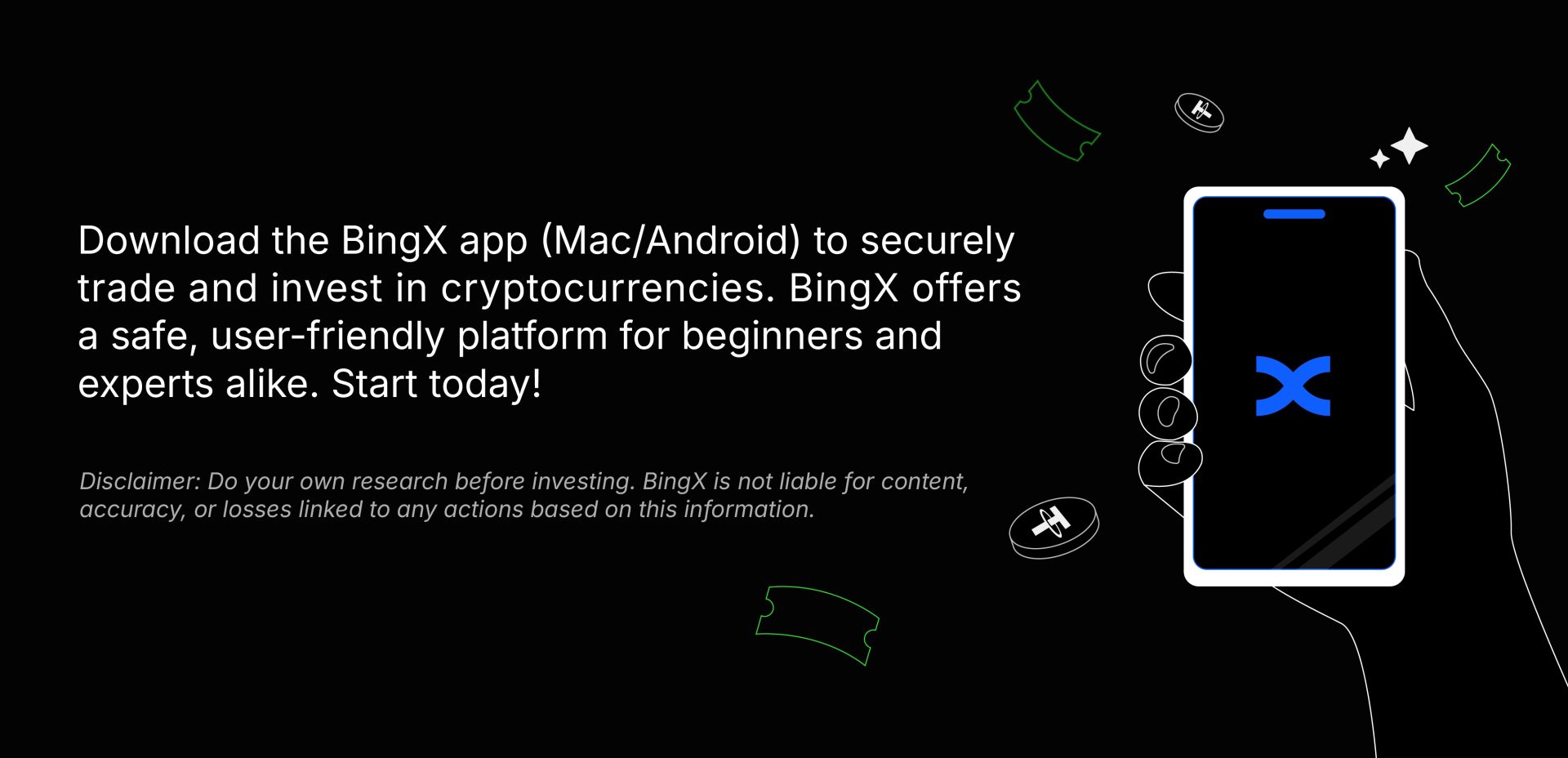Ever wish your wallet felt more futuristic—like something out of a sci-fi movie, but with fewer beeps and more crypto rewards? Imagine buying your morning coffee with Bitcoin, earning cashback in Ethereum, and never needing to worry about foreign transaction fees again. Sounds cool, right? But then reality hits: prices swing harder than your uncle’s karaoke voice at family reunions. So, are crypto cards the next evolution of personal finance or just shiny tech with a steep learning curve? Let’s break it all down and find out if your next card should come with a blockchain backend.
Crypto Cards Are Catching Fire: Should You Swipe Right?
Crypto cards have entered the chat and loudly. Over the past year, exchanges like BingX and others have rolled out pre-paid and debit crypto cards that connect seamlessly to your crypto wallet. These cards are powered by trusted networks like Visa and Mastercard, letting you spend your Bitcoin or USDT just like dollars or euros. With real-time conversion at the point of sale, they give you the feeling of living in the future without the need for a DeLorean or flux capacitor. It’s no surprise that these cards are gaining traction with users who want both spending freedom and digital asset exposure.
Let’s not put on rose-colored blockchain glasses just yet. While crypto cards may offer tech-forward perks, they’re still relatively new, and regulatory uncertainty can rain on this parade. Transaction times and network fees vary depending on which chain you’re on, and nobody wants to explain to their barista why their latte payment is “pending.” Still, BingX’s offering stands out by providing strong support, 3D Secure features, and seamless integration with your existing assets making it one of the few platforms that turns this tech into a stable, user-friendly experience.
Plastic Showdown: The Old Guard vs the Crypto Cool Kids
Crypto debit cards function more like pre-loaded debit cards than traditional credit cards. You preload your wallet with crypto, and when you make a purchase, it automatically converts the asset into fiat currency at checkout. This setup is great for budgeting and makes you less likely to spiral into credit card debt. Also, many crypto cards offer rewards paid in crypto, letting your cashback potentially grow in value—unless the market tanks, in which case your reward buys you a soda. Maybe.
Traditional credit cards, however, offer deep-rooted security, decades of trust, and perks like airline miles, car rental insurance, and fraud protection. They also help you build credit, which crypto cards don’t. So while crypto cards might win on novelty and innovation, traditional cards still lead in terms of reliability and long-term benefits. If you’re looking to finance a big purchase or maintain a strong credit profile, the old guard might still be the better bet for now.
Numbers Don’t Lie
Let’s start with the juicy positives. Crypto cards often come with lower foreign transaction fees, making them ideal for globetrotters and digital nomads. They’re also fast—payments process instantly, and there’s no need to go through the bureaucratic headache of bank approvals. Plus, cashback and rewards in crypto can appreciate in value if the market swings in your favor. Who knew buying groceries could double as a light investment strategy?
Those benefits come with baggage. Crypto’s notorious volatility means your card balance might plummet overnight. Imagine loading $100 worth of ETH to pay for a sushi dinner and waking up the next day to realize that same ETH is now worth a Big Mac combo. Also, crypto cards lack the regulatory safety nets of traditional banking. If something goes wrong, you’re often left on your own. That’s why sticking with reputable providers like BingX who offer strong support and reserve transparency is crucial.
Which Card Suits Your Style?
Which card wins this plastic tug-of-war? If you’re a crypto enthusiast who loves experimenting with new tech and isn’t afraid of a little volatility, a crypto card might feel like a financial superpower. It lets you stay liquid in digital assets while still interacting with the traditional economy. Plus, the novelty factor is real. People will either be impressed or deeply confused when you whip out your card to pay in DOGE.
If you’re someone who values predictability, insurance, and building a strong credit score, traditional credit cards are still the gold standard. They offer decades of structure, rules, and safety nets that crypto cards can’t yet match. That said, there’s no reason you can’t use both strategically, maybe keep the crypto card for travel and rewards, and the credit card for larger purchases and emergencies. No need to choose sides in a war where you can have both swords.
